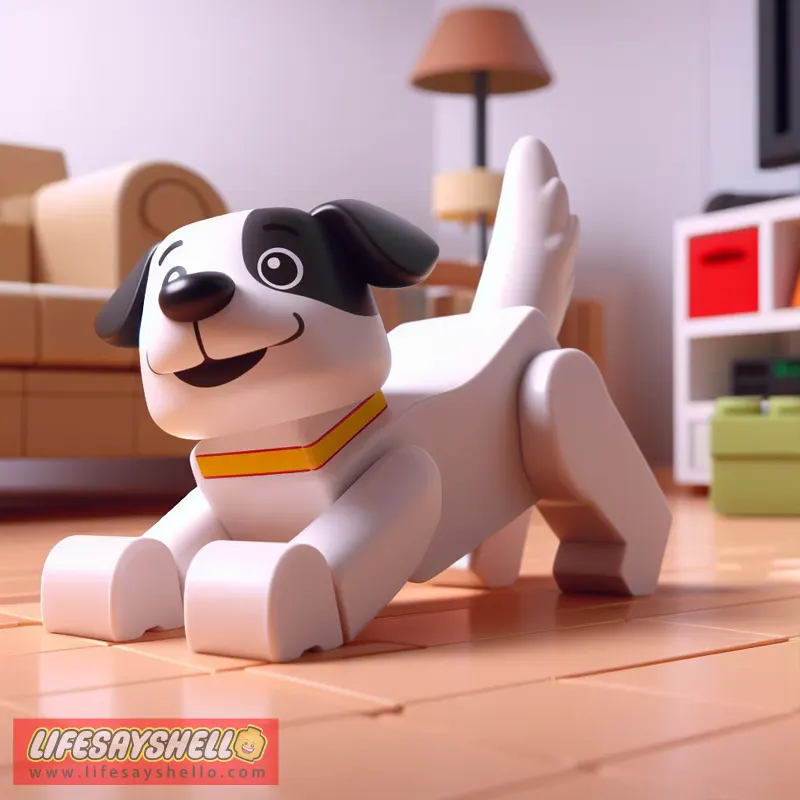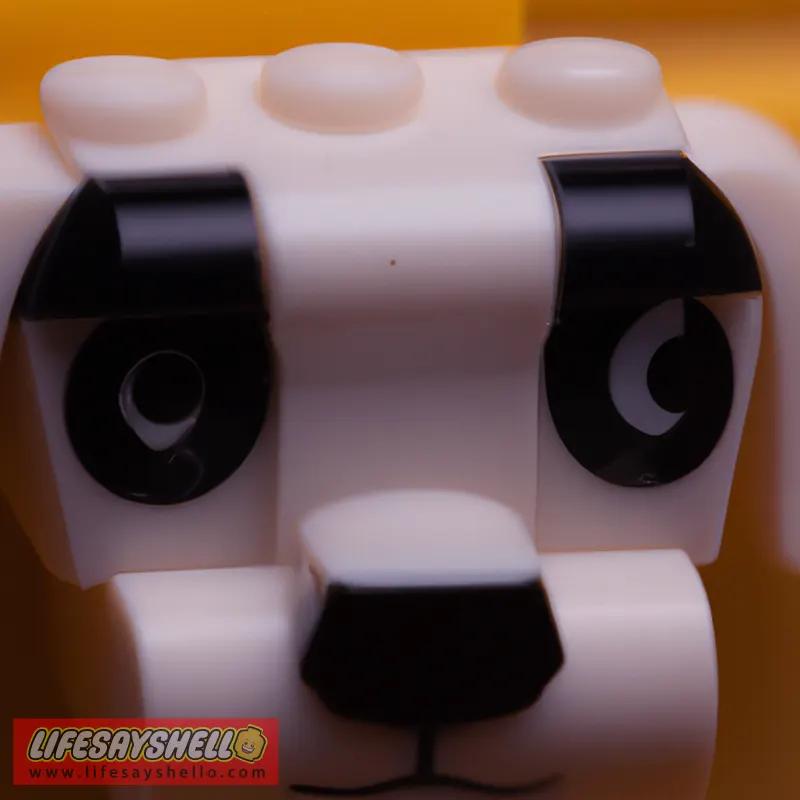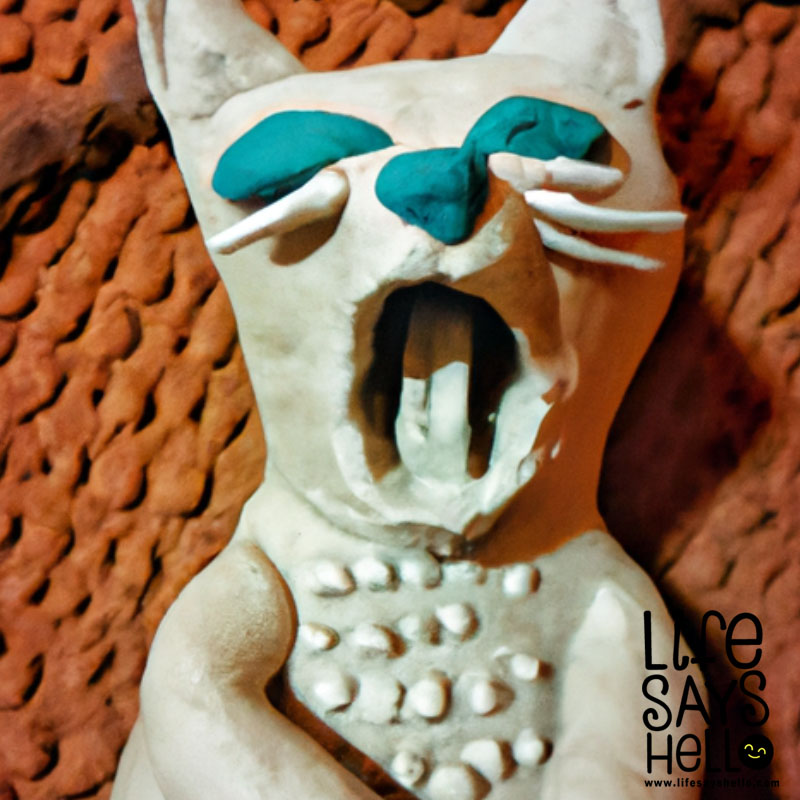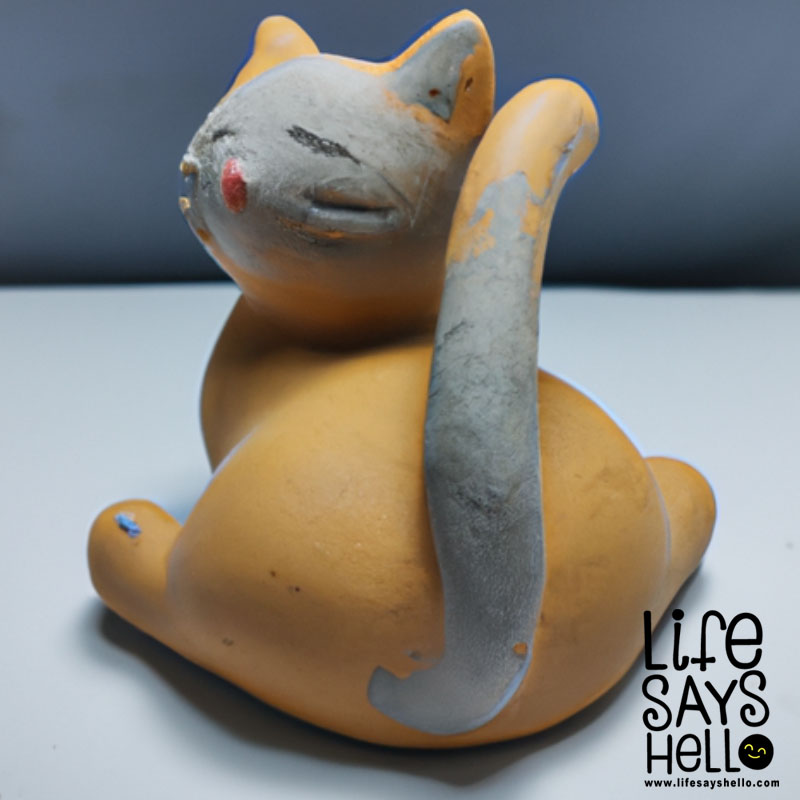Why Is My Dog Dragging Their Bum? 7 Common Causes

Have you noticed your dog scooting their bottom along the floor? This behavior, sometimes called scooting or dragging their bum, is usually a sign that a dog has an itchy, irritated anus and they are trying to relieve the discomfort. While occasional scooting may be normal, if your dog seems to be doing it frequently, it could indicate an underlying issue that requires veterinary attention.
In this article, we’ll explore the 7 most common reasons why dogs drag their bums, plus what you can do about it. Let’s get to the bottom of this behavior!
Anal Sac Problems
One of the most common causes of doggy bum dragging is an issue with the anal sacs. Dogs have two small sacs on either side of the anus that are filled with an oily, pungent liquid. These anal sacs can sometimes become blocked or infected, causing pain and discomfort.
Scooting their rear along the floor provides temporary relief to dogs when their anal sacs are bothering them. Other signs of anal sac issues include excessive licking or chewing at the area, a foul odor coming from the rear, and difficulty defecating or producing ribbon-like stools.
If the anal sacs become severely impacted or infected, the only solution may be for a veterinarian to manually express them and then flush them out. Your vet may also prescribe antibiotics if there is an infection present. In rare cases of recurrent impaction, the anal sacs may need to be surgically removed.
To help prevent anal sac problems, make sure your dog has plenty of fiber in their diet to keep stools firm. Obese dogs are more prone to anal sac issues. Keeping your dog lean and fit can help reduce scooting behaviors.
Allergies
Just like people, dogs can suffer from allergic reactions on their skin that cause miserable itching, irritation, and overall discomfort. Scooting is one way dogs try to get some relief when their bum is itchy.
Allergies in dogs can be triggered by a variety of factors:
Food allergies - Beef, chicken, wheat, and dairy are common food allergens in dogs. Switching to a hypoallergenic dog food may help.
Seasonal allergies - Inhalant allergies to pollen, mold, and dust mites can cause itchy skin and anal irritation in dogs, typically in the spring and summer.
Flea allergy dermatitis - For dogs allergic to flea bites, just one or two bites can set off intense itching, redness, and hair loss that leads to scooting. Aggressive flea prevention is a must.
Contact allergies - Allergies to common irritants like plastic food bowls, carpet cleaners, grass, and more can trigger itchy skin and rear scooting behaviors.
If you suspect allergies are to blame for your dog’s scooting, an appointment with your veterinarian is recommended. They can help you identify the allergen through testing and trials. Anti-allergy medications like Apoquel, Cytopoint, or Atopica may be prescribed to reduce symptoms.
The best treatment for allergies involves avoiding the allergen completely, if possible. This may mean switching foods, using flea and tick preventives diligently, or making environmental changes to limit exposure to triggers.
Intestinal Worms
Intestinal parasites like roundworms, hookworms, whipworms, and tapeworms are a common problem in dogs. These worms cause irritation and itchiness around the anus and rear end, which leads to scooting behaviors as the dog tries to scratch that itch.
Tapeworms, in particular, cause itching around the anus. You may see what look like grains of rice around your dog’s rear or in their feces - these are tapeworm segments! Tapeworms are transmitted when dogs ingest fleas while grooming themselves.
The good news about intestinal worms is that they can be easily treated with oral deworming medications, which are available over-the-counter or through your veterinarian. Be sure to treat all pets in the household, and follow up with monthly heartworm/flea prevention to eliminate reinfection.
Regular fecal testing helps screen dogs for intestinal parasites before they start causing symptoms. Scooting or signs of anal irritation should prompt a fecal exam and deworming if parasites are found.
Pain in the Rear
Discomfort or pain in a dog’s back, hips, rear legs, tail, or rear area can definitely cause them to scoot their bottom along the floor as a way to seek relief. The scooting action seems to soothe irritation in the nerves of the hind region.
Some common causes of rear pain and irritation in dogs include:
- Arthritis in the hips or spine
- Intervertebral disc disease
- Tail injuries or “limber tail syndrome”
- Hind end weakness or neuropathy
- Muscle strains or sprains
- Anal gland impaction or infection
If your senior dog or a breed prone to joint issues like hip dysplasia starts scooting, it’s a good idea to have them examined by your vet. They can check for pain and mobility issues and prescribe dog-safe pain medications or joint supplements to help provide relief.
For dogs with acute injuries causing sudden scooting, rest and restricting activity is key. Cold compresses can help reduce inflammation. See your vet promptly if you suspect a strain, sprain, fracture, or disc injury.
Skin Infections
Bacterial and yeast infections on a dog’s rear end can cause redness, itching, and irritation around the anus, tail, and surrounding skin. Trying to scratch or scoot their bottom on the floor seems to provide some relief from the burning and discomfort.
Common infections that cause scooting include:
Anal sacculitis - Bacterial infection of the anal sacs, which need antibiotic treatment.
Flea allergy dermatitis - Itchy rash around the tail and rear from flea bites.
Yeast infections - Overgrowth of yeast on moist folds of skin causes itching.
Hot spots - Bacterial infection of moist, itchy skin that forms pus-filled sores.
Lick granulomas - Itchy sore caused by chronic licking of the tail or rear area.
To treat infected skin on the rear, your veterinarian will prescribe appropriate antibiotic or antifungal medication based on a skin culture. Keeping the area clean and dry can help prevent recurring infections. Identify and address any underlying causes, like allergies.
Urinary Tract Infections
When dogs develop a UTI or bladder infection, the frequent urge to urinate and discomfort when peeing can generalize to the rear area. Some dogs start scooting as they try to seek relief from the burning sensation.
Other typical signs of a UTI include:
- Peeing more often and in smaller amounts
- Difficulty urinating, straining, or dribbling
- Strong-smelling or bloody urine
- Excessive thirst and drinking
UTIs in dogs are often caused by bacteria like E. coli. Your vet will prescribe a course of antibiotics to clear up the infection. Make sure your dog has easy access to fresh water to stay hydrated while recovering. Seek prompt treatment for UTIs, as they can spread to the kidneys if left untreated.
Behavioral or Neurological Causes
In some cases, scooting behaviors are due to neurological problems or behavioral compulsions rather than a medical issue. Possible causes include:
Obsessive-compulsive disorder - Repetitive scooting motions may be a sign of anxiety. Medication and training helps control OCD.
Spinal cord disease - Disk herniation or other spinal issues can cause loss of sensation and reflexive scooting.
Nerve damage - Conditions like degenerative myelopathy or diabetes can cause hind-end weakness and numbness that leads to scooting.
Muscle spasms - Some dogs with neurological problems experience involuntary muscle spasms and twitching that results in scooting.
Obesity - Overweight dogs have more difficulty grooming their rear, so scooting takes the place of licking. Weight loss is the solution.
For scooting related to obesity, anxiety, or other behavioral causes, address the underlying issue through training, lifestyle changes, or medical management as needed. Seek veterinary guidance to ensure there are no undiagnosed physical conditions present as well.
When to See the Vet for Scooting
Occasional scooting when a dog has a dirty or irritated bottom is generally normal. But if you notice your dog scooting or dragging their rear frequently, or they seem bothered or in pain, it’s time to get them checked out. Other signs to watch for include:
- Scooting for longer than 1-2 days
- Constantly licking, chewing, or biting at the rear
- Visible redness, swelling, or irritation around the anus
- Loss of fur around the rear
- Obvious pain when defecating
- Changes in bowel habits
- Foul odor from the rear
- Signs of infection like pus or blood
See your vet promptly if any of these issues are present. The veterinarian will examine your dog’s rear area and ask about any symptoms or changes you’ve observed. Diagnostic tests like skin scrapings, fecal exams, or x-rays may be recommended.
Based on the exam findings and test results, your vet will determine the underlying cause and recommend appropriate treatment. This may include:
- Expressing blocked anal glands
- Medication for allergies, infections, pain, or inflammation
- Deworming for intestinal parasites
- Antibiotics for UTIs or anal gland infections
- Special shampoos or topicals for skin irritation
- Surgery to remove severely impacted anal glands
- Physical therapy or joint supplements for arthritis
- Behavioral therapy for compulsive disorders
While scooting or dragging the bum may look silly and harmless, it usually indicates that your dog needs some veterinary attention and relief. Don’t ignore frequent scooting. With treatment tailored to the specific cause, your dog’s rear can get back to normal.
The Bottom Line
If your dog is scooting their bottom along the floor, something is irritating their rear area. While momentary scooting is no cause for alarm, frequent bum dragging generally signals discomfort that needs veterinary attention.
Most cases of dog scooting stem from anal sac issues, allergies, worms, pain, skin infections, UTIs, or neurological causes. Diagnostic tests help identify the exact cause so proper treatment can be provided.
Make an appointment with your vet promptly if your dog shows any signs of persistent scooting, licking or chewing at their rear, visible irritation, bowel changes, or difficulty defecating. Getting to the “bottom” of the behavior can bring relief and get your dog’s rear end back to normal!




Comments